You’ve been told more tests, more meds, and more procedures will fix your health. But what if what you really need is less intervention—and more focus on your nervous system function?
Ever feel like no matter how many doctor visits you make, how many medications you try, or how many procedures you go through, your health doesn’t really improve?
It’s not just in your head. That’s exactly how our healthcare system is designed. It pushes the idea that better health comes from more intervention—more pills, more treatments, more quick fixes. But here’s the part they rarely mention: true health comes from removing interference, not piling on more interventions.
And let’s clear one thing up—it’s not your doctor’s fault.
It’s Not Your Doctor—It’s the System They Work In
Most doctors, nurses, and healthcare professionals enter the field with the best intentions. They want to help people get better. But they’re working inside a system that isn’t designed to restore health. It’s built around insurance companies, pharmaceutical profits, and device manufacturers, all of which incentivize more procedures and prescriptions—not time spent actually improving your well-being.
Think about it. When was the last time a doctor told you to focus on sleep, food, stress, and movement—and actually spent time helping you get there? It’s not because they don’t care. It’s because that advice doesn’t generate revenue.
The Problem with Symptom Management
Every commercial you see tells the same story: take this pill, feel better, get back to your life. But the truth is, the underlying problem is still there—it’s just hidden. And often, it gets worse.
That’s why you might wonder:
Why Am I Taking More Medications but Not Feeling Better?
Because medications and procedures are designed to manage symptoms, not fix the root cause. And the more symptoms you have, the more interventions the system offers, without ever addressing what’s really going on.
The Nervous System: Your Health’s Missing Link
This is where things get interesting. Everything in your body—your digestion, sleep, mood, energy—ties back to how well your nervous system is functioning.
But most healthcare providers never check your nervous system function. They treat symptoms downstream, never looking upstream at the system that controls it all.
That’s why many people stay stuck.
Can Chiropractic Actually Help My Nervous System?
The answer is yes—specifically, upper cervical chiropractic. My focus isn’t on chasing pain or adjusting everything at every visit. Instead, we’re targeting the upper cervical spine, which plays a crucial role in how your nervous system communicates with the rest of your body.
We don’t guess whether you need an adjustment. We use infrared thermography to objectively measure how well your nervous system is functioning, so we know when your body needs help—and when it doesn’t.
What Is Thermography and Why Do We Use It?
Thermography is a tool that measures temperature patterns along your spine, reflecting nervous system activity. It shows us if there’s interference that needs to be corrected and helps us track real progress over time.
The Five Real Pillars of Health
So, if you’ve been feeling like something’s missing in your healthcare journey, here’s what I’ve learned actually leads to lasting health:
- Proper neurological function – Your nervous system is the master control. If it’s off, everything else struggles.
- Regular movement and exercise – Just consistent, simple activity to keep your body strong.
- Real food nutrition – Whole, natural foods your body recognizes.
- Quality sleep – No supplement or pill can replace true rest.
- Less stress, more peace – Your body heals when it feels safe and calm.
A Different Approach to Healthcare
At my practice, we focus on removing interference, not adding more interventions.
When your nervous system is functioning the way it should, your body is capable of healing, adapting, and performing. We use thermography to ensure we’re helping at the right time—and letting your body do its job the rest of the time.
If you’re tired of the runaround—more appointments, more medications, more procedures—and ready to actually restore your health, maybe it’s time to take a different path.
You might not need one more treatment.
You might need less.

